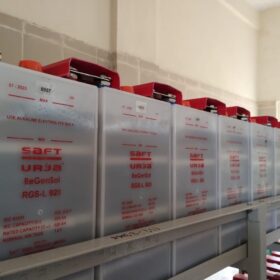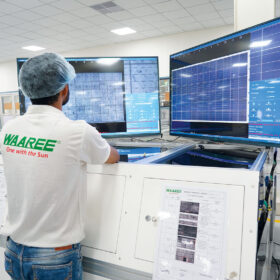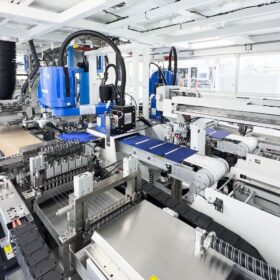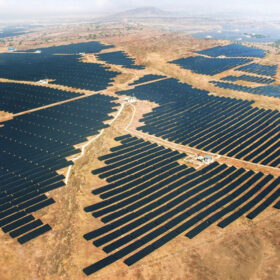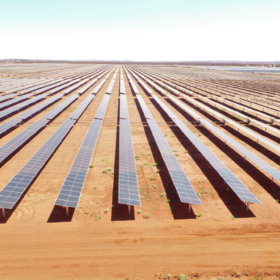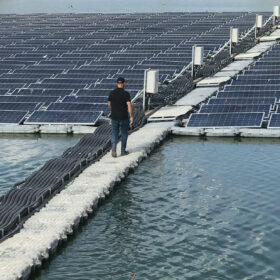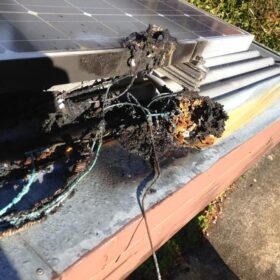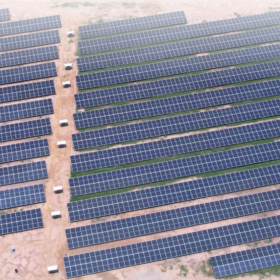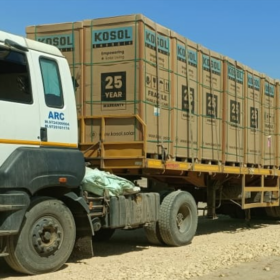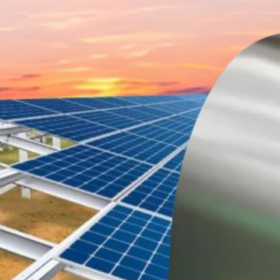BPCL ropes in Volks Energie for LFP-Based solar storage plants
Bharat Petroleum Corp. Ltd (BPCL) has entrusted Volks Energie with deployment of a cumulative solar capacity of 280 kW backed with lithium ferro phosphate (LFP) battery storage of 1.6 MWh for its oil and gas pipeline network. The solar-plus-storage capacity will be equally distributed across 14 strategic locations in Andhra Pradesh and Telangana.
Waaree Energies sets up Australian subsidiary
Waaree Renewable Energies Australia will focus on renewable energy business in Australia.
Australia hits 4 million rooftop PV installations, reaching 25 GW of capacity
Australia has recorded its 4 millionth rooftop solar installation, maintaining its status as a world leader with 25 GW of total capacity, surpassing the amount of nationwide coal generation.
Australia’s SunDrive teams with Trina on solar tech development
Solar cell technology innovator SunDrive Solar will join forces with Chinese PV manufacturing giant Trinasolar to develop “cutting-edge” manufacturing facilities and bring Australian-made solar panels to market at scale.
BT Imaging to supply PL imaging tool for 1.5 GW TOPCon solar cell line in India
Australia’s BT Imaging will supply its advanced photoluminescence (PL) imaging tool, LIS R3, for Emmvee’s 1.5 GW TOPCon solar cell manufacturing facility in India.
From Mumbai to Bondi
Economic cooperation between India and Australia may open doors for investment in clean energy technology but challenges still abound in a competitive global market. Vibhuti Garg and Shantanu Srivastava, of the Institute for Energy Economics and Financial Analysis, discuss the role that public funding and resource pooling could play in supporting manufacturing ambitions.
Rooftop solar’s success results in ‘struggling’ large-scale segment in Australia
As rooftop solar racks up records in Australia, price cannibalization has resulted in a “struggling” large-scale market segment. Bruce Mountain, head of the University of Victoria’s Energy Policy Centre, says that increasingly depressed wholesale electricity prices during the day are squeezing out big PV.
World’s largest 8-hour lithium battery approved in Australia
Ark Energy’s 275 MW/2,200 MWh lithium-iron phosphate battery to be built in northern New South Wales has been announced as one of the successful projects in the third tender conducted under the state government’s Electricity Infrastructure Roadmap. The Richmond Valley Battery Energy Storage System will likely be the biggest eight-hour lithium battery in the world when it is completed.
Australian firm secures PPA for 700 MW of floating PV plus battery in Sri Lanka
Australia’s United Solar Group has secured a power purchase agreement (PPA) for 700 MW of floating solar and a 1.5 GWh battery project in Kilinochchi, Sri Lanka.
DC isolators trigger sharp increase in solar fires in Australia
Data shows a sharp increase in the number of fires caused by the DC isolators that separate the grid from solar panels. ABC News gathered state-by-state data revealing a dramatic increase in fire incidents in the last 12 months.
